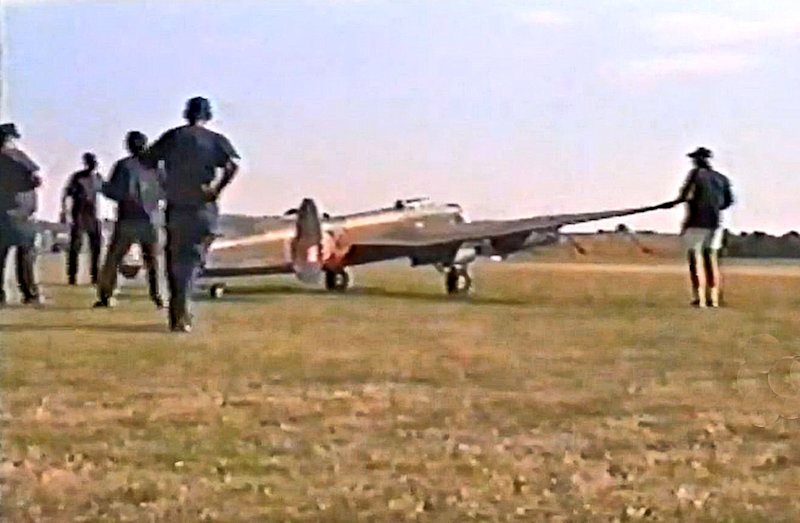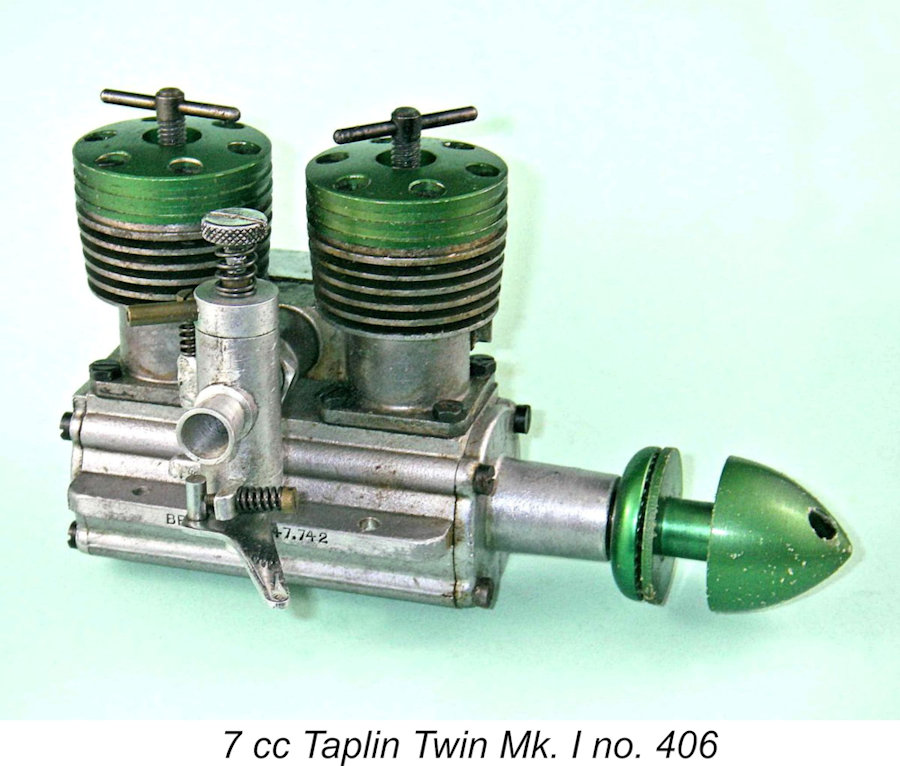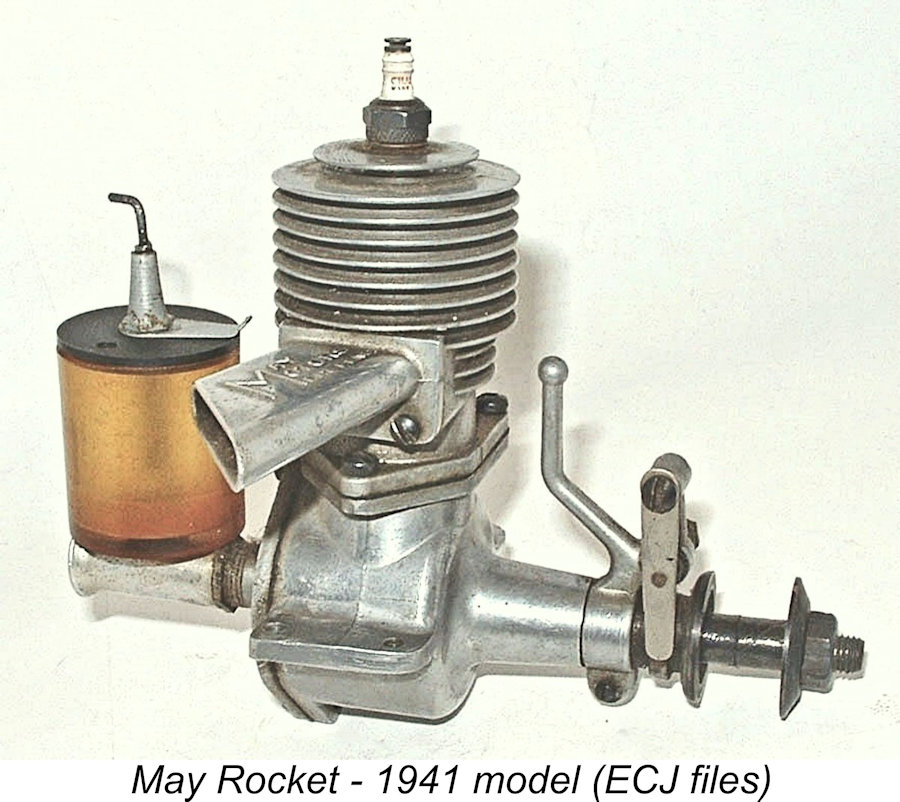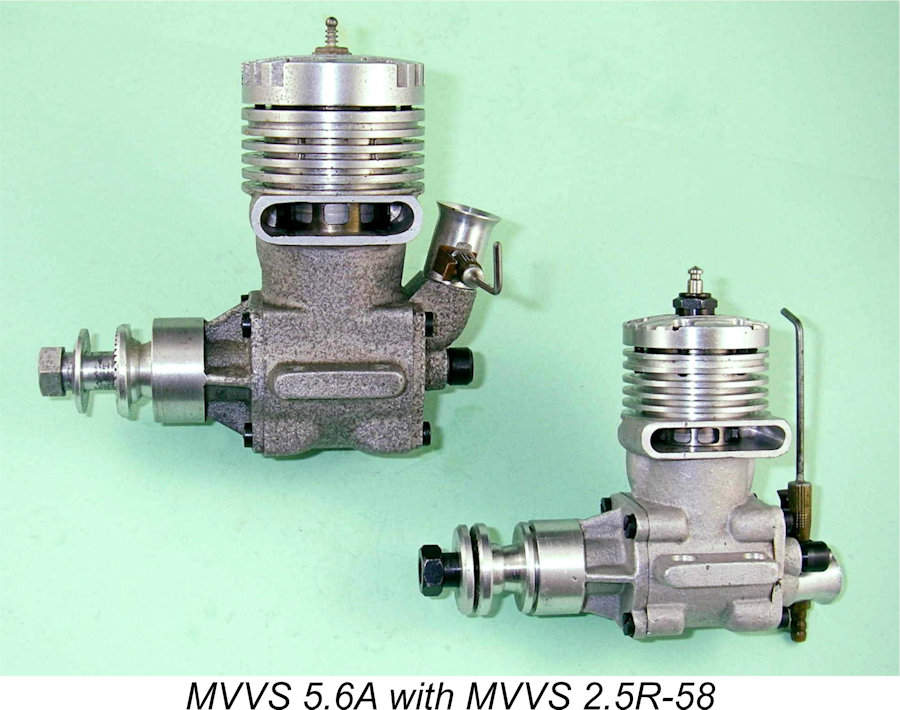
|
|
From the Editor – October 2024
Consequently, I have a date coming up with the scalpel – the operation is scheduled for November 12th. Before that happens, I’ll turn 77 years old in early October, just in time for the operation – made it this far, and let’s hope that the story continues! I’ll keep you informed. Meanwhile, I’d like to extend my very sincere thanks to all of you who have written in over the past months to wish me well. Means a lot to me ………….
My good mate Marcus Tidmarsh sent along a link to a video of the flight of the world’s largest-ever model of the famous Lancaster bomber of WW2. This was built by English enthusiast Arthur Askew and his son Simon back in the 1990’s. With a wingspan of 25 ft., it was a ¼ scale model! The main undercarriage rolled on modified wheelbarrow wheels, which gives some idea of the size! After some experimentation, the model ended up being powered by two converted 100 cc chainsaw motors outboard and two 150 cc McCulloch go-kart engines inboard. The video from which the accompanying image was extracted shows it being flown at RAF Cosford in 1996. Arthur is the gentleman in shorts, while the guy starting the I thought that you might find this video to be as impressive as I did. What a model!! As one might expect, they had quite a lot of trouble getting official permission to fly their creation, and even when they received permission they were restricted to an altitude of under 300 feet. The ¼ scale Lanc is now on display at the Metheringham Airfield Visitor Centre in Lincolnshire. A remarkable achievement – well worth sharing! Arthur is now 96 years old, but still on deck! Sadly, Simon passed away a few years ago from Covid.
When I set out some months ago to start writing this article, my goals were limited to a review and test of the last and most distinctive Taplin model engine design – the 3.46 cc Taplin Tempest diesel of 1970 which was the only single-cylinder Taplin design, all of the others being twins. However, I soon realized that it would be necessary to present at least a capsule history of the overall Taplin range in order to place the Tempest in context. To do that, I made reference to Mike Noakes’ very informative series of articles on the Taplin range which appeared in the pages of the now-defunct “Model Engine World” (MEW) magazine in 1997. I also contacted Mike directly, receiving considerable additional advice and material from him. Thanks, mate!
By combining the input from all three sources, I’ve been able to present a detailed start-to-finish account of the life and work of Colonel Taplin and the engines that he and his family created. It’s a remarkable story which I hope that you’ll enjoy! My sincere thanks go out to the friends and colleagues mentioned above. This article is every bit as much their work as mine – I merely held the pen.
The May Rocket article represents a significant milestone in the development of this website – it’s the 250th article to appear here since the first edition way back in April 2014! When I started out, I wondered how long I would be able to keep finding new topics to write about………now I wonder no longer! No matter how much I learn, it seems that there’s always more to be learned and shared! Provided I can stay healthy and our societal choices allow the planet to keep functioning, I see no reason why the site can’t continue to grow for years to come provided a sufficient level of reader interest continues to exist.
That’s about all for this month. As matters stand, I can see no reason why I shouldn’t get a new edition out for November in advance of my operation – October should be business as usual! However, December is another matter…………. it seems highly likely that the December edition will be either delayed or cancelled. Too bad if so – the Christmas edition is always a milestone for me, and I’d hate to miss it! However, Job One is to make it past the operation and get on the road to recovery – the website is secondary to that. I’ll keep you all posted on any significant developments as events unfold. In the meantime, I really appreciate all the expressions of support that I continue to receive from so many of you! Take care, and I’ll talk to you again soon! Adrian Duncan British Columbia, Canada ___________________________________ Note regarding material to be found on this site - unless specifically otherwise noted, all images and text which appear on this site are my own work, and I hereby assert my right to be recognized as the originator of this material. For the record, this material is made freely available to all upon two firm conditions:
|
| |

 During the past month I had an opportunity to examine a second example of the
During the past month I had an opportunity to examine a second example of the 
 Given the anticipated upcoming period of down-time (which I sincerely hope will be only temporary!), I made the effort to get three new articles up on the site for October. The first deals with a line of model engines with which most model engine aficionados will be familiar – the
Given the anticipated upcoming period of down-time (which I sincerely hope will be only temporary!), I made the effort to get three new articles up on the site for October. The first deals with a line of model engines with which most model engine aficionados will be familiar – the 
 Not wishing to neglect my American readers, I also completed another article on which I’ve been chipping away for some time. This is the saga of the
Not wishing to neglect my American readers, I also completed another article on which I’ve been chipping away for some time. This is the saga of the  The MEN transfer article for the month (article no. 251!) deals with the early history of the
The MEN transfer article for the month (article no. 251!) deals with the early history of the